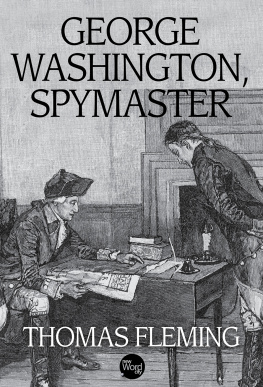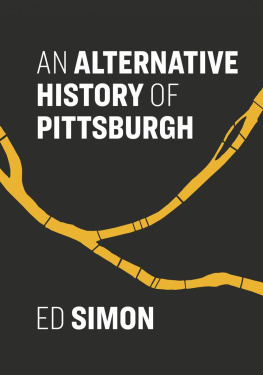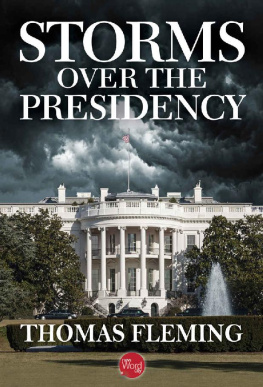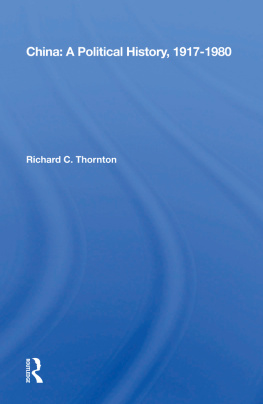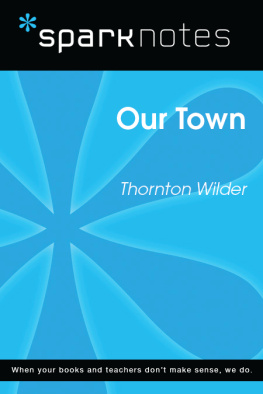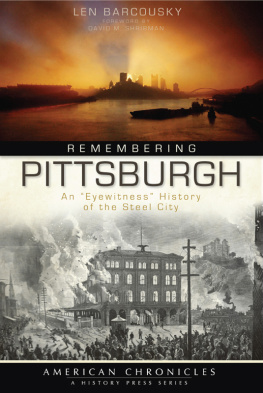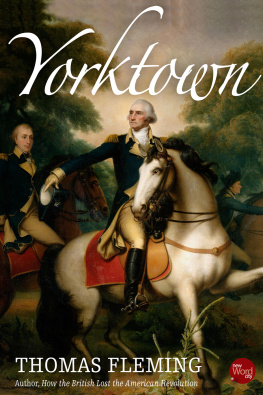FOREWORD.
IN ORDER that accounts of notable events, the life stories of men and women, the manners of the times, may be transmitted to coming generations, it is necessary that these be recorded from time to time, and that these records may meet the demands of future ages it is most essential that they be exact and true. Hence the necessity for choosing capable and dependable recorders, for it is not everyone who can write well that can write history, no more than that everyone who can write entertainingly can write poetry. Indeed, historians, like poets, are born, not made to order.
Pittsburgh has been quite fortunate in having such history writers as Brackenridge, Craig, Veech, Darlington, Errett, Lambing, Parke, Dahlinger and Fleming, each and everyone a careful, conscientious chronicler of the times in which he lived, or lives, as well as being industrious collectors of data relating to the beginnings of local history, its growth and present condition.
The latest extended history of Pittsburgh was published in 1898, which was just at the beginning of the wave of prosperity which, in the course of a score of years, has placed it among the greater cities on the continent, and well to the front among cities of the world, as cities go, and far in the lead as a manufacturing and financial center. This has made a revision and extension of its history necessary.
Fortunately we have with us a historian, to the manner born, in George T. Fleming, who is still actively and persistently engaged in local historical research, as shown in the columns of the "Sunday Gazette Times," as well as in his wonderful collection of pictures and other data relating to the growth and development of the city.
The selection of Mr. Fleming to prepare this latest history of Pittsburgh, and the region round about, was most fortunate for the city as well as for the publishers. He is not only a sturdy grubber after facts but has the ability to dress them up in pleasing style and set them in graceful order.
It is the desire, as well as the purpose of the editor and publishers of this history, that it shall be valuable not only as a narrative of historic events, but as a compendium of facts relating to men and matters, events and happenings pertaining to the triumphant growth of Pittsburgh, its institutions, and its fame. Necessarily it will be somewhat encyclopedic, but space limits compel this. And yet it is, probably, the more fitting form, as it will facilitate the finding of whatsoever data that may be desired. Of one thing we feel assured, that the work will be thoroughly dependable, and fully up to date. Erasmus Wilson.
Pittsburgh, December 1, 1920.
INTRODUCTION.
THE necessity for another history of Pittsburgh for the purpose of bringing it up to date is obvious when it is remembered that the last extensive work was published in 1889. Great events have happened in the more than a third of a century that has elapsed, not only National in character but State and local also, and Pittsburgh's share in these National and State events demand recording. The city has grown largely, both in area and population. These facts will be narrated by several writers in the subsequent volumes of this series, entitled "Pittsburgh and Environs," and the narration will be a story of progress and success. However, in the allotment of the various periods of Pittsburgh history to be given consideration in the work as a whole, the earliest history of the region alluded to in old histories as that "About the Forks of the Ohio;" the "Region of the Upper Ohio," and "the Ohio Country," has been assigned to the writer hereof, and finds place in the general work upon completion as Volume I, whereupon the inquiry arises: "Has the author of Volume I in matter, character and manner of presentation given those most interested in the general work such a volume as they will appreciate?" Before attempting an answer it may be well to note some objections that may be presumed.
First"The subject matter ranges too widely, goes too far back, and many things irrelevant and immaterial to the history of Pittsburgh and the region round about, have been included in the text." This objection was foreseen, hence explanations have been made as occasion required in the text. The desire of the author has been to collect the whole story of the period to be written of, heretofore recorded in fragments in more than a score of books, many rare and long out of print and only a few accessible, even as reference works, in our public libraries. It is for the readers of this volume to decide whether or not the author has succeeded in his attempt. He is conscious of having done his best towards that end, retarded and delayed by many disturbing conditions, physical and otherwise.
Again, it may be said that too much space has been apportioned to the history of the Indians who once inhabited this region. "As a race they have withered from the land," declared Charles Sprague in an oration in 1825. But they yet exist; a changed race. Their part in the wars of the Eighteenth Century that in the end gave this continent to the Anglo-Saxon, has been best told by Francis Parkman, and all American historians have devoted pages to the "North American Indians" and their deeds. The history of the Indian nations who ranged the Ohio country is large; it has never been gathered into a single volume. It is a most important history, adjudged from all standpoints. In "the history of the forest," Pittsburgh and our region afford material for many volumes. All happenings worth mention have received it in this volume, and have been commented on and explained. Though this renders the book encyclopedic in a degree, it will tend to lessen the labors of all delvers for particulars and furnish those who may want it, a more complete story of the ante-Colonial and Colonial eras than can be found in any other single volume. In this respect the author will be pleased to learn that all searchers esteem the book for the information it contains, and that which can be obtained from the many works designated in the footnotes. In some instances additional references could have been made.
It may also be objected that the author has been too diffuse in the use of footnotes. This objection may be overruled by the well-known fact that students of history always want to be informed of the sources.
Pittsburgh has become a great educational center, with thousands of students at the University of Pittsburgh, Duquesne University, and the Carnegie Institute of Technology. The librarians of the reference rooms of the Carnegie Libraries here will attest the constant and practical use of the historical treasures that are housed therein. In fact, of recent years, the teaching of history in the public schools and in our higher institutions of learning has been given a most important place in the curricula of all of them. The Historical Society of Western Pennsylvania with its activities and its quarterly "Magazine" have induced greater public interest in the history of our region. It is highly essential that all students of history should be informed concerning the authenticity of the statements made by any historical writer. It has been, and is yet, the custom of most writers to indicate this in footnote citations. Such citations are certainly appreciated by those who desire to pursue topics beyond the space allotted in the particular volume in hand.





